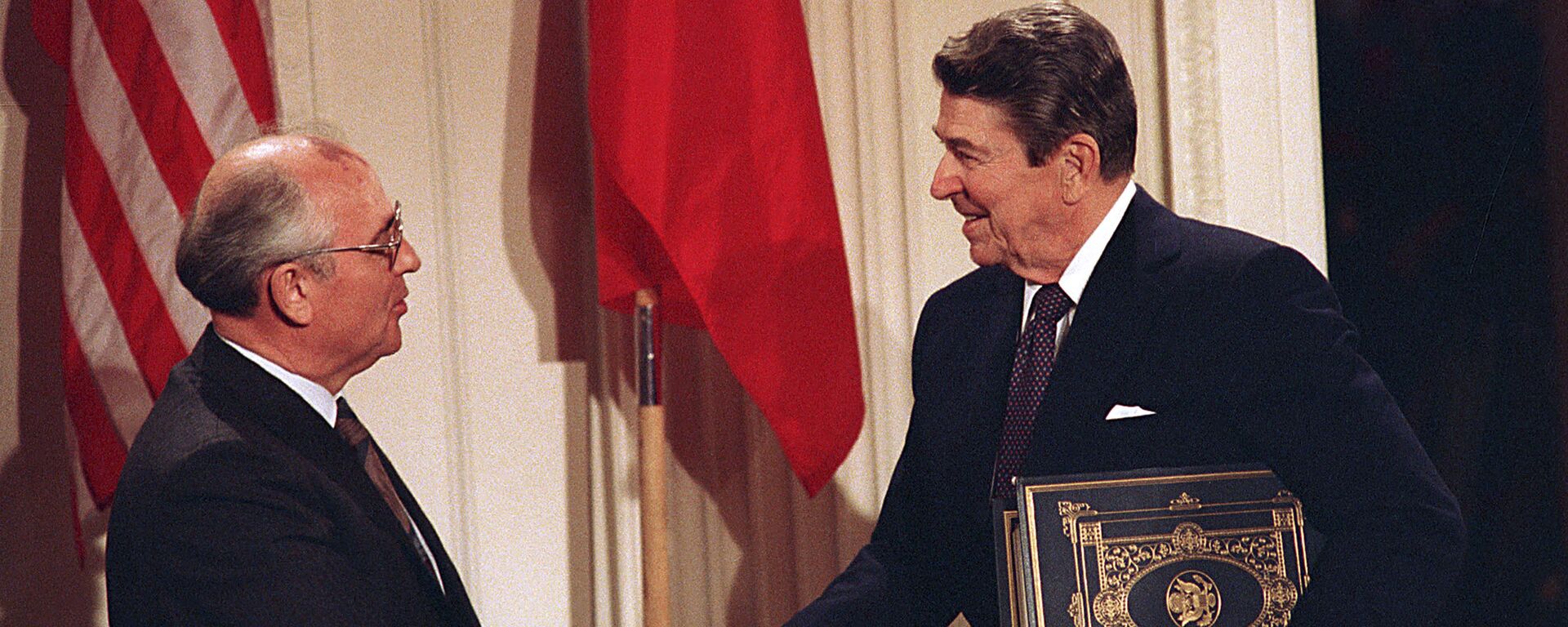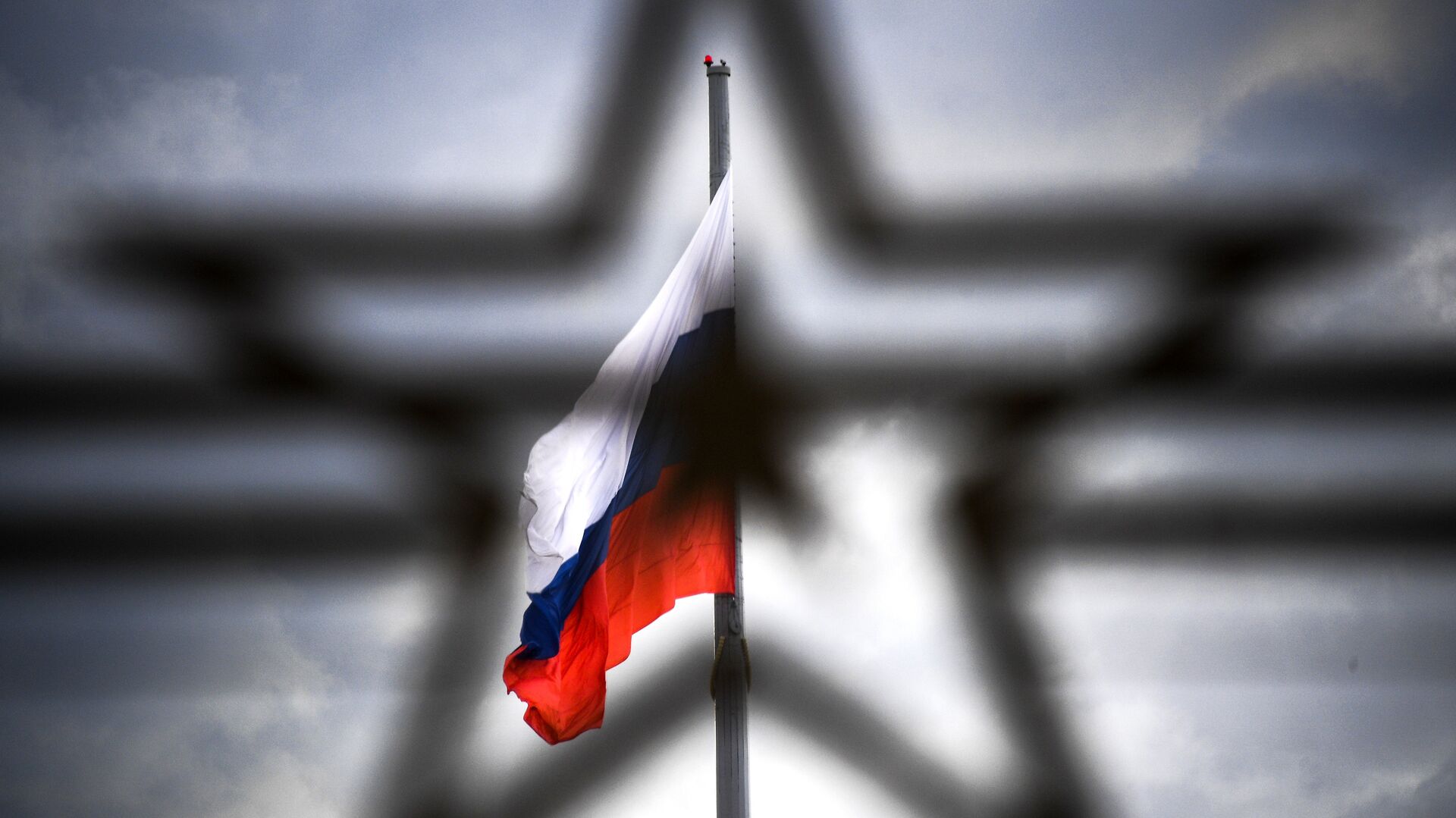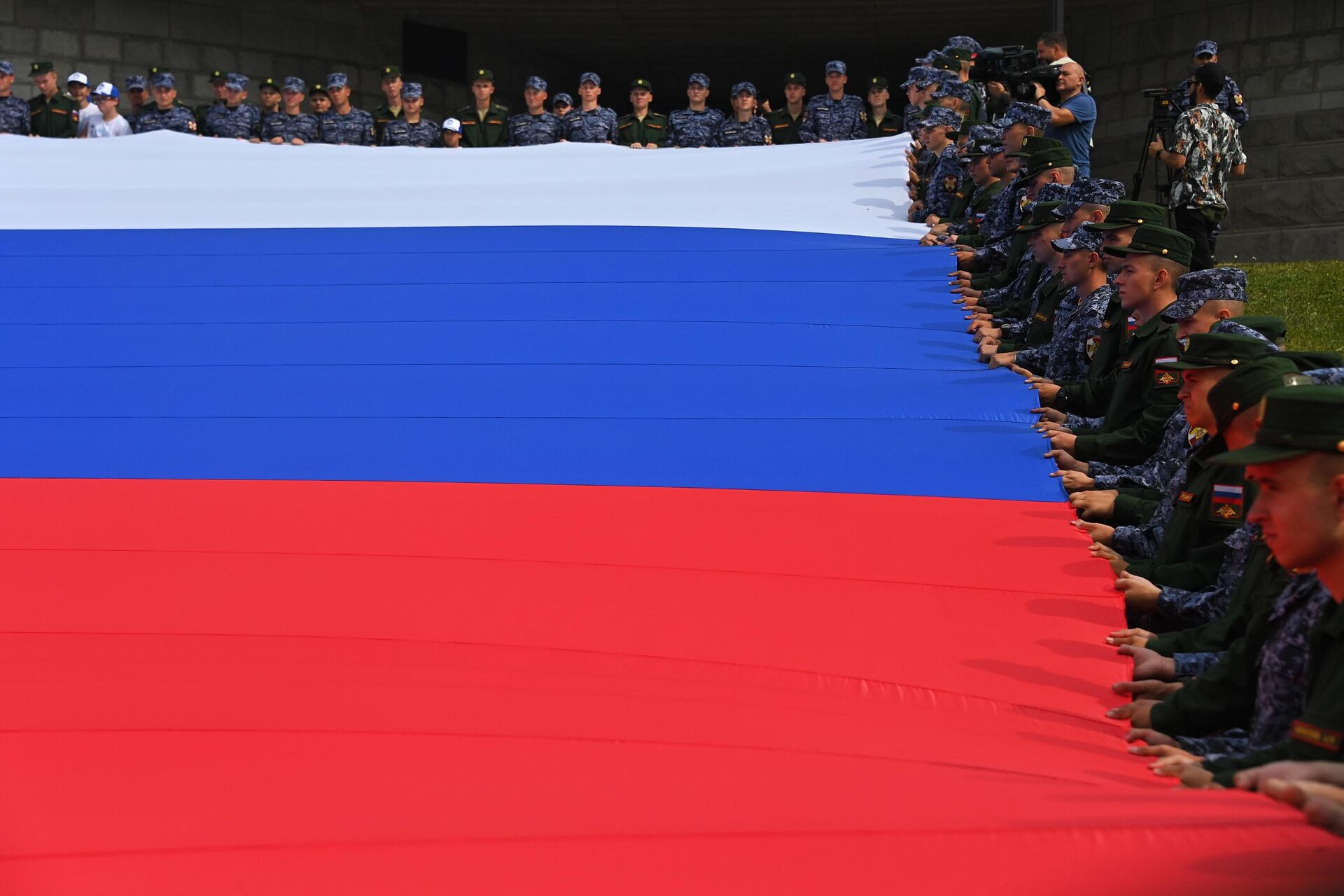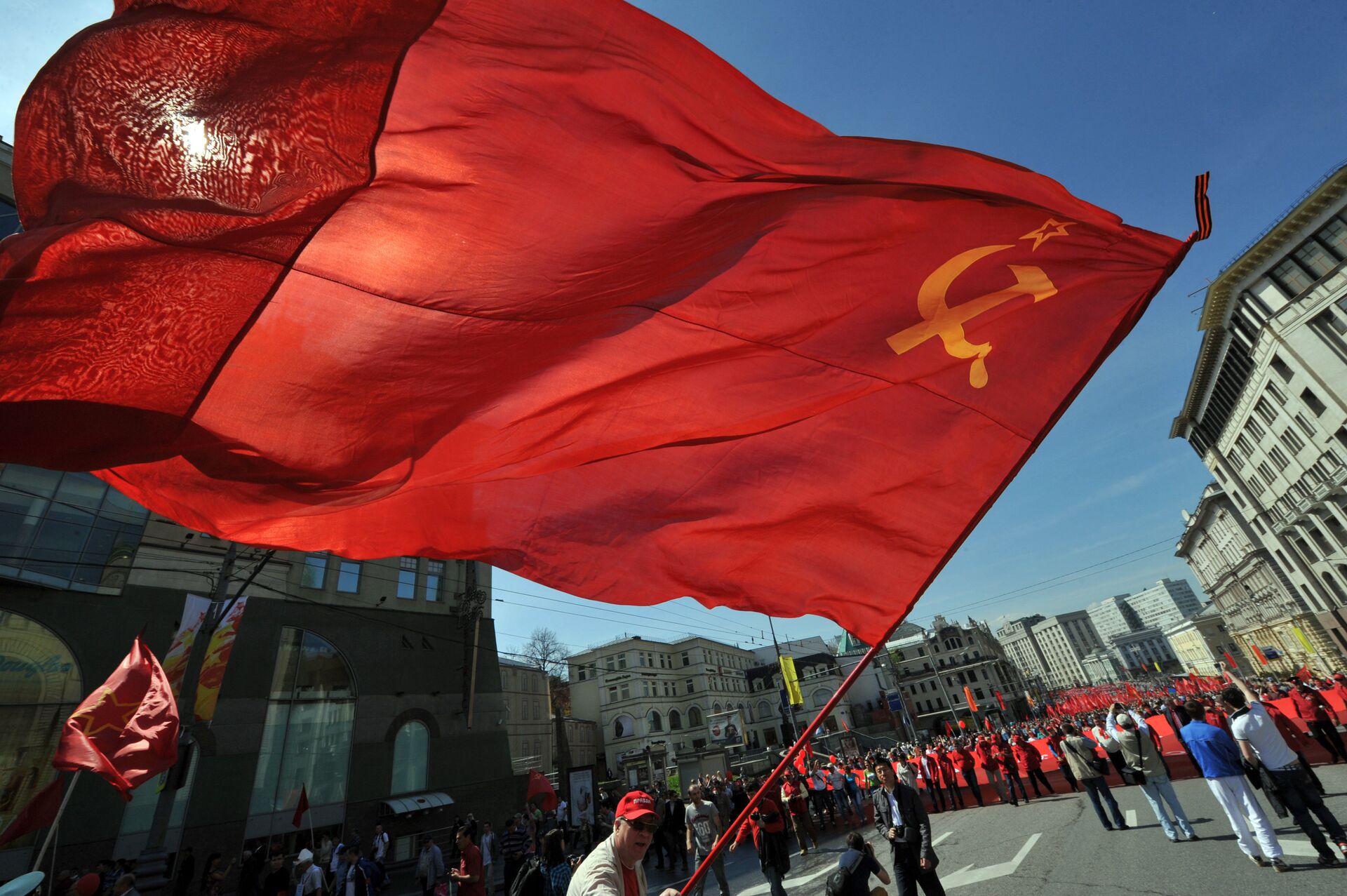https://sputnikglobe.com/20220822/traditional-values--military-glory-things-to-know-as-russia-celebrates-national-flag-day-1099862824.html
Traditional Values & Military Glory: Things to Know as Russia Celebrates National Flag Day
Traditional Values & Military Glory: Things to Know as Russia Celebrates National Flag Day
Sputnik International
President Vladimir Putin recalled on Monday that the Russian flag, raised on the country’s first warship over three centuries ago, remained the nation’s symbol... 22.08.2022, Sputnik International
2022-08-22T14:33+0000
2022-08-22T14:33+0000
2022-08-22T14:33+0000
russia
vladimir putin
flag
russian flag
sputnik explains
https://cdn1.img.sputnikglobe.com/img/106307/52/1063075214_0:227:4500:2758_1920x0_80_0_0_8fa79428b3614cb4714dc82bc35da78d.jpg
Russian President Vladimir Putin has underscored that the white-blue-and-red flag of the country “symbolizes our faith in our traditional values that we will never give up.” In an address on the occasion of National Flag Day, celebrated by Russia on August 22, he continued:Putin added that the flag symbolizes faith in values such as “truth and justice, solidarity and mercy, and respect for Russia’s centuries-long uninterrupted history, the achievements and victories of our ancestors that inspire us to care for and defend our Motherland and never permit any foreign hegemony or diktat.”He added that starting from September 1, the beginning of the school year, all schools in Russia will begin each week with a ceremony of raising the flag and singing the national anthem.Russia’s White-Blue-Red TricolorThe Day of the State Flag was established on the basis of the Decree of the President of the Russian Federation dated August 20, 1994.On this day in 1991, the Supreme Council of the Russian Soviet Federative Socialist Republic (RSFSR) adopted a resolution "On the Official Recognition and Use of the National Flag of the RSFSR." The move, just a few months before the official dissolution of the Soviet Union, brought back a design similar to the pre-revolutionary tricolor abolished in 1917.The Soviet Union’s sickle-and-hammer flag was lowered on the night of December 25, 1991 and the Russian white-blue-red tricolor was raised in its place with the dissolution of the Soviet Union.However, the actual origins of the flag predate the post-Soviet Russian state by centuries.The white-blue-red flag was hoisted for the very first time on the first Russian man-of-war Orel during the reign of Alexei Mikhailovich (1645-1676). On January 20, 1705, Peter the Great issued a decree ordering all merchant ships to fly the white-blue-red flag.In the beginning, the white-blue-red flag’s use was limited to vessels. It was the geographical discoveries of Russian navigators that led to the flag being associated with dry land as well. Until the 19th century, Russian sailors typically erected a memorial cross on shore during such ventures to mark land they were claiming for the country.Yet when the Russian expedition of 1806 explored the coast of southern Sakhalin, it landed and raised two flags: St. Andrew's flag celebrated the merit of the Navy, the state white-blue-red flag – Russia’s new territorial acquisition. Thus, in 1883, the Russian flag was authorized to be used on dry land.Officially, the white-blue-red flag was approved as the state flag of Russia only on the eve of the coronation of Tsar Nicholas II in 1896.The three colors of the flag received an official interpretation, where red meant "sovereignty," blue, the color of the Mother of God - under whose heavenly protection Russia’s land was deemed to be, and white, the color of freedom and independence.
https://sputnikglobe.com/20150817/ussr-could-avoid-dissolution-1025837938.html
russia
Sputnik International
feedback@sputniknews.com
+74956456601
MIA „Rosiya Segodnya“
2022
News
en_EN
Sputnik International
feedback@sputniknews.com
+74956456601
MIA „Rosiya Segodnya“
Sputnik International
feedback@sputniknews.com
+74956456601
MIA „Rosiya Segodnya“
russia, vladimir putin, flag, russian flag, sputnik explains
russia, vladimir putin, flag, russian flag, sputnik explains
Traditional Values & Military Glory: Things to Know as Russia Celebrates National Flag Day
President Vladimir Putin recalled on Monday that the Russian flag, raised on the country’s first warship over three centuries ago, remained the nation’s symbol in challenging periods and has become a symbol of unity and people’s readiness to uphold national interests.
Russian President Vladimir Putin has underscored that the
white-blue-and-red flag of the country “symbolizes our faith in our traditional values that we will never give up.” In an address on the occasion of National Flag Day, celebrated by Russia on August 22, he continued:
"Russia is a strong, independent world power. On the international stage, we are committed to pursuing only such policies that meet the vital interests of our Fatherland."
Putin added that the flag symbolizes faith in values such as “truth and justice, solidarity and mercy, and respect for Russia’s centuries-long uninterrupted history, the achievements and victories of our ancestors that inspire us to care for and defend our Motherland and never permit any foreign hegemony or diktat.”
He added that starting from September 1, the beginning of the school year, all schools in Russia will begin each week with a ceremony of raising the flag and singing the national anthem.
Russia’s White-Blue-Red Tricolor
The Day of the State Flag was established on the basis of the Decree of the President of the Russian Federation dated August 20, 1994.
On this day in 1991, the Supreme Council of the Russian Soviet Federative Socialist Republic (RSFSR) adopted a resolution "On the Official Recognition and Use of the National Flag of the RSFSR." The move, just a few months before the
official dissolution of the Soviet Union, brought back a design similar to the pre-revolutionary tricolor abolished in 1917.

17 August 2015, 13:47 GMT
The Soviet Union’s sickle-and-hammer flag was lowered on the night of December 25, 1991 and the Russian white-blue-red tricolor was raised in its place with the dissolution of the Soviet Union.
However, the actual origins of the flag predate the post-Soviet Russian state by centuries.
The white-blue-red flag was hoisted for the very first time on the first Russian man-of-war Orel during the reign of Alexei Mikhailovich (1645-1676). On January 20, 1705, Peter the Great issued a decree ordering all merchant ships to fly the white-blue-red flag.
In the beginning, the white-blue-red flag’s use was limited to vessels. It was the geographical discoveries of Russian navigators that led to the flag being associated with dry land as well.
Until the 19th century, Russian sailors typically erected a memorial cross on shore during such ventures to mark land they were claiming for the country.
Yet when the Russian expedition of 1806 explored the coast of southern Sakhalin, it landed and raised two flags: St. Andrew's flag celebrated the merit of the Navy, the state white-blue-red flag – Russia’s new territorial acquisition. Thus, in 1883, the Russian flag was authorized to be used on dry land.
Officially, the white-blue-red flag
was approved as the state flag of Russia only on the eve of the coronation of Tsar Nicholas II in 1896.
The three colors of the flag received an official interpretation, where red meant "sovereignty," blue, the color of the Mother of God - under whose heavenly protection Russia’s land was deemed to be, and white, the color of freedom and independence.






